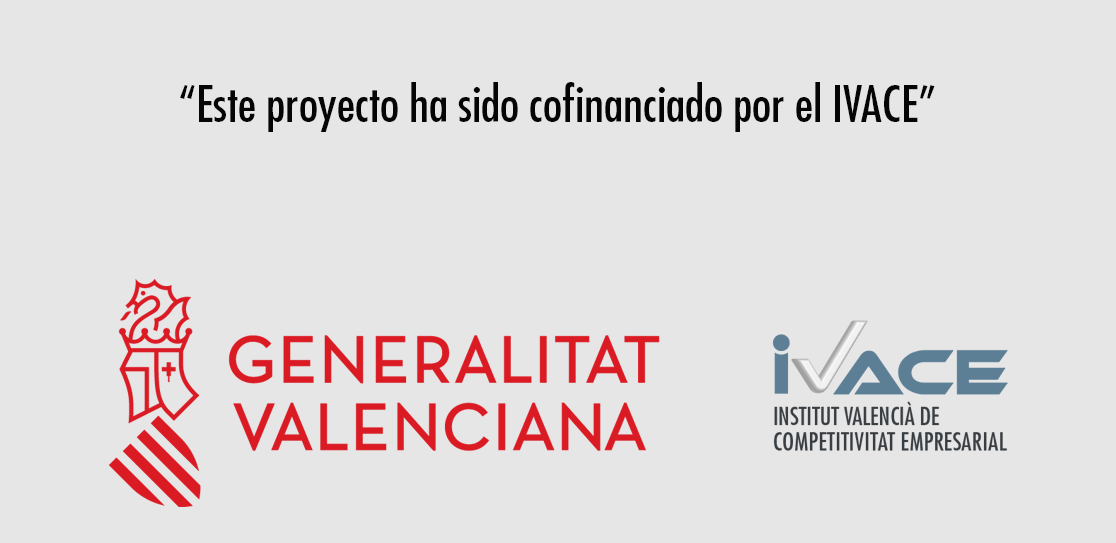In recent years, society worldwide has shown a growing interest in sports and physical activities. This trend has increased the need and demand for nutrition that can complement the body’s nutritional requirements, a factor driving the growth of the global sports food market. Products such as energy drinks, protein bars, protein shakes, and dietary supplements are being developed and consumed more than ever. In some cases, these developments involve a defatting process to adjust their caloric composition. This is a market expected to continue growing in the coming years.
Sports nutrition influences nearly all processes related to energy production and recovery post-exercise, playing a significant role in athletes’ (both professional and amateur) performance. It is common in sports nutrition to use supplements due to their beneficial effects on performance and health. These dietary supplements help ensure an adequate intake of calories, carbohydrates, and proteins, and scientific publications evaluate the effects of dietary interventions to enhance strength and muscle mass gain.
Generally, dietary supplements in sports nutrition are classified into the following categories: sports foods (bars, gels, etc.), health supplements, protein and amino acid supplements, and ergogenic supplements.
In the development of these types of products, it is essential to have a broad range of raw materials for a proper selection and design of the final product. Protein sources commonly include whey protein concentrates and isolates, pea protein isolates, soy protein, legume proteins, and cereal proteins (such as oat, rice, etc.).
CO₂ Extraction: A Sustainable and Accessible Process for Producers
Flours derived from various cereals, pseudocereals, nuts, and legumes provide a high-value protein source. However, these raw materials often contain high fat levels, making them unsuitable for direct use in food formulations intended for athletes or consumers who are more conscious of caloric balance. Consequently, processing is necessary to adjust their composition.
In response to growing consumer demand and interest, we continue advancing technological development and generating new knowledge to reduce the fat content of certain food matrices, aiming to adapt them for specific applications. Notably, we have developed defatting processes for new formats and raw materials (sources of protein ingredients), including cereals and legumes, with lupin being a recent example.
Defatting plant-based matrices to enhance their suitability for use in dietary products is achieved through the application of CO₂ under pressure or supercritical CO₂. Using this technology, which utilises only CO₂ as a clean and sustainable solvent, we obtain plant-based ingredients with protein content exceeding 60% and final fat levels as low as less than 1%, depending on the case.
1. Promote structural changes that positively impact technological and functional properties (such as gelling properties, water absorption, etc.).
2. Ensure protein functionality.
3. Preserve the initial structure: powder, sheets, flakes, or scales, among others.
4. Obtain products with final fat content as low as less than 1%, tailored to each usage specification and market.






